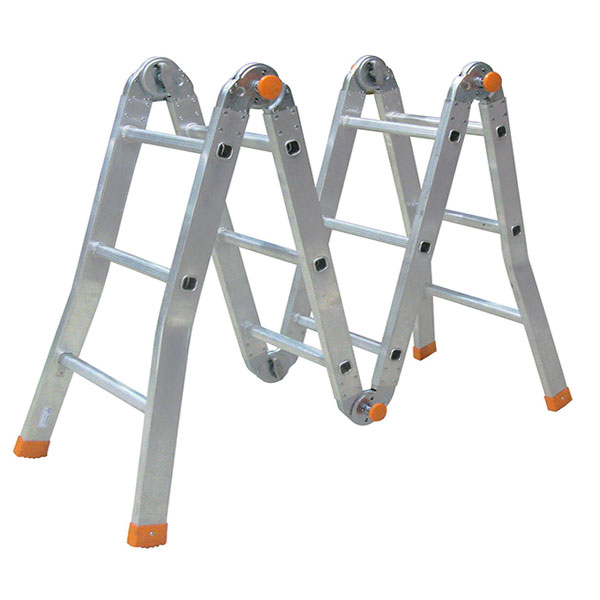Achieving maximum safety on Australian worksites is not only a matter of ticking regulatory boxes, but part of the cultural fabric of the nation when it comes to construction. Despite the many height-access tools on the market today, the platform ladder has come to be viewed as the go-to solution for crews that require a serviceable combination of ease of use, safety and ergonomic comfort. The platform ladder is not a niche piece of equipment; it solves everyday problems—secure footing on uneven terrain, working at height for prolonged periods, job-site configurations changing, etc.—while still being economical to purchase and simple to care for. In this article, we will look at why you should always make a platform ladder your go-to option whenever work needs to be done above ground level, in light of Australian standards, environmental conditions and best-practice work methods.
Defining a Platform Ladder
The heavy duty platform ladder is a freestanding ladder with a wide area for standing at the top, instead of narrow rungs. A design usually employs spreader braces, front and rear stiles, and a fully integrated handrail system that protects the user on three sides. While a traditional step ladder is only well suited for short, low consequence jobs, the platform ladder is designed to stay on, heavy-duty commercial uses and repeated shuttling of tools or materials. Put into practice, this design means less muscle fatigue, fewer balance corrections and a quantifiable decrease in slips and trips. The platform ladder provides a big, stable base which minimizes mental energy wastage on trying to stay upright as the worker goes about their jobs, and this benefit is compounded throughout long shifts and when site conditions are dynamic.
Better Stability – Improved Safety at the Job Site
Well, stability is at the heart of height safety and platform ladders trump platform access certainly due to their rigid structural braces and wider footprint. Combined with the cross-braced rear section, this creates a huge base spread which reduces lateral flex under load, yet allows users to stretch out laterally when craning around and reaching for fixings or wiring. This avoids the need for conventional steps which sit forward of the centre of gravity of the ladder—it means each worker’s mass goes directly down through the stiles into the ground. That geometry reduces the amount of leverage forces that would otherwise tend to cause a ladder to tip. As a result, operators do not come across as many cases where they need to move the ladder halfway through a job, thus reducing their odds of taking riskier shortcuts like over-reaching, resting on non-secured surfaces or improvising homemade rests.
Large non-carpeted area minimizes falls
Falls from height are still one of the most common causes of worksite injuries in Australia, many of which occur due to unstable footing. A platform ladder provides a standing platform large enough for both feet to hang out side-by-side without a major shift in balance. The edge is also slightly raised, turning into a low toe guard adjacent to the top edge to help keep your boots and loose hardware from inadvertently sliding off the edge. Crucially, the surface is perforated or latticed for grip, draining dust or light moisture, so that grip is retained in variable conditions. Since workers do not need to straddle a thin rung, their center of mass remains vertically aligned over the support, countering the swaying that can cause an ordinary ladder to rock back and forth during repetitive hand-tool motion, like drilling or fastening.
Conclusion
At the practical point where worksite safety meets utility and practicality, the platform ladder looms large as an ideal laddering solution from Australian trades like equip2go. Its premium platform, built-in guardrails and `heavy duty construction ensures a safer workspace, whilst its unique ergonomics equate to a lasting ability to work, and a reduction in fatigue. Stricter AS/NZS 1892 standards are already raising safety concerns, which compliance resolves while providing supervisors and workers with peace of mind. In summary, when lifecycle costs, cultural benefits and operational versatility are factored in, the platform ladder is an investment that scores a healthy return in protection, performance and professionalism at all levels of the Australian worksites spectrum.




